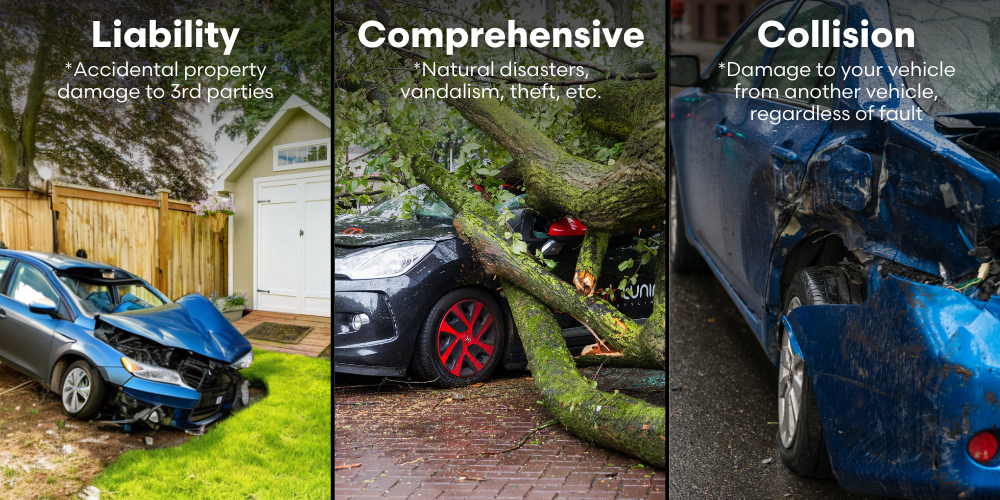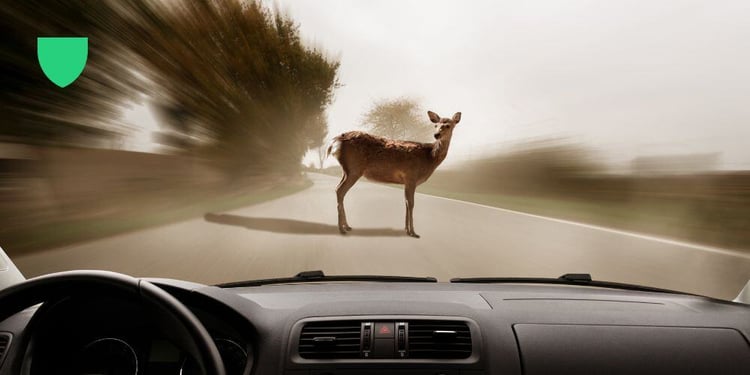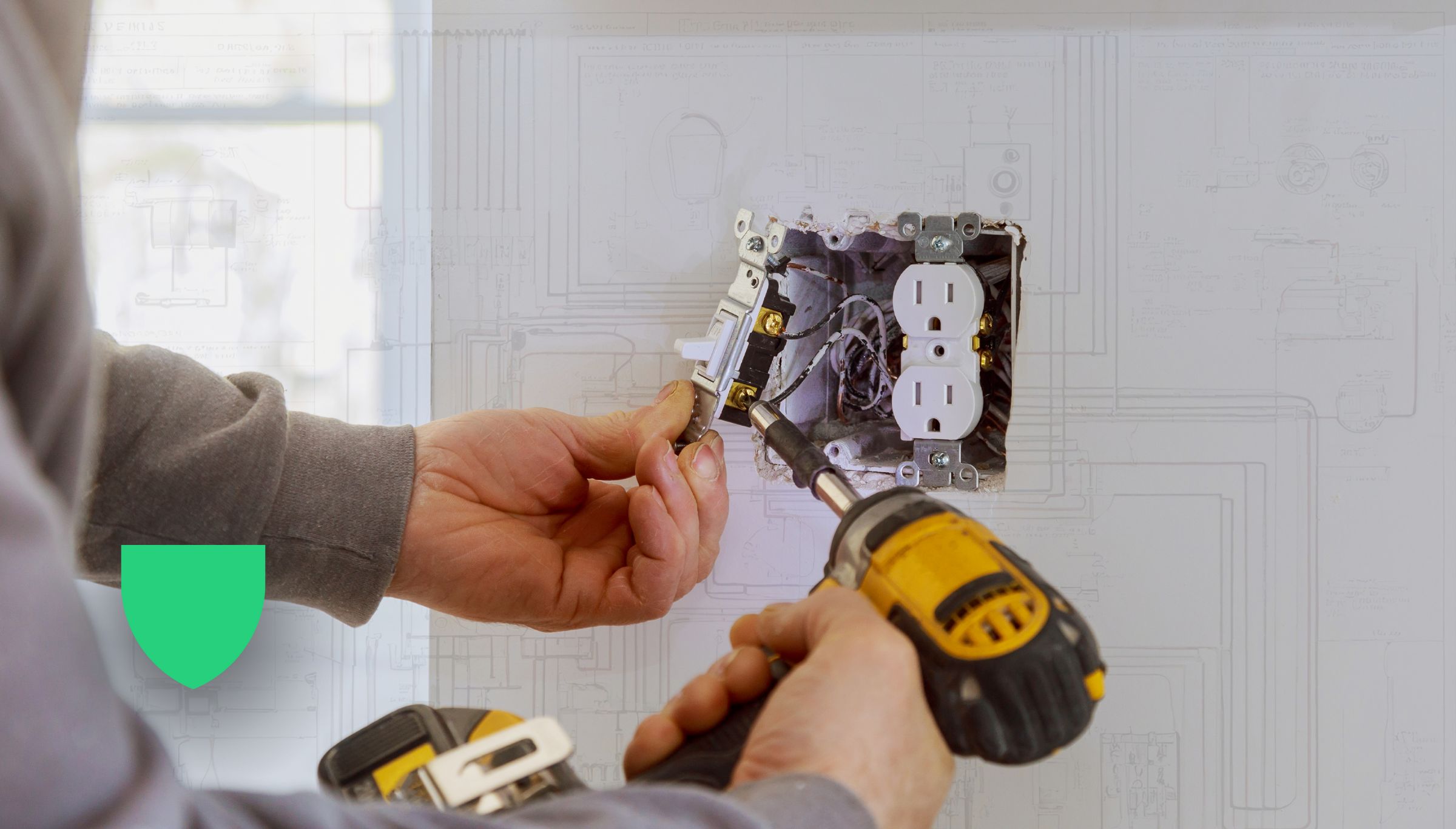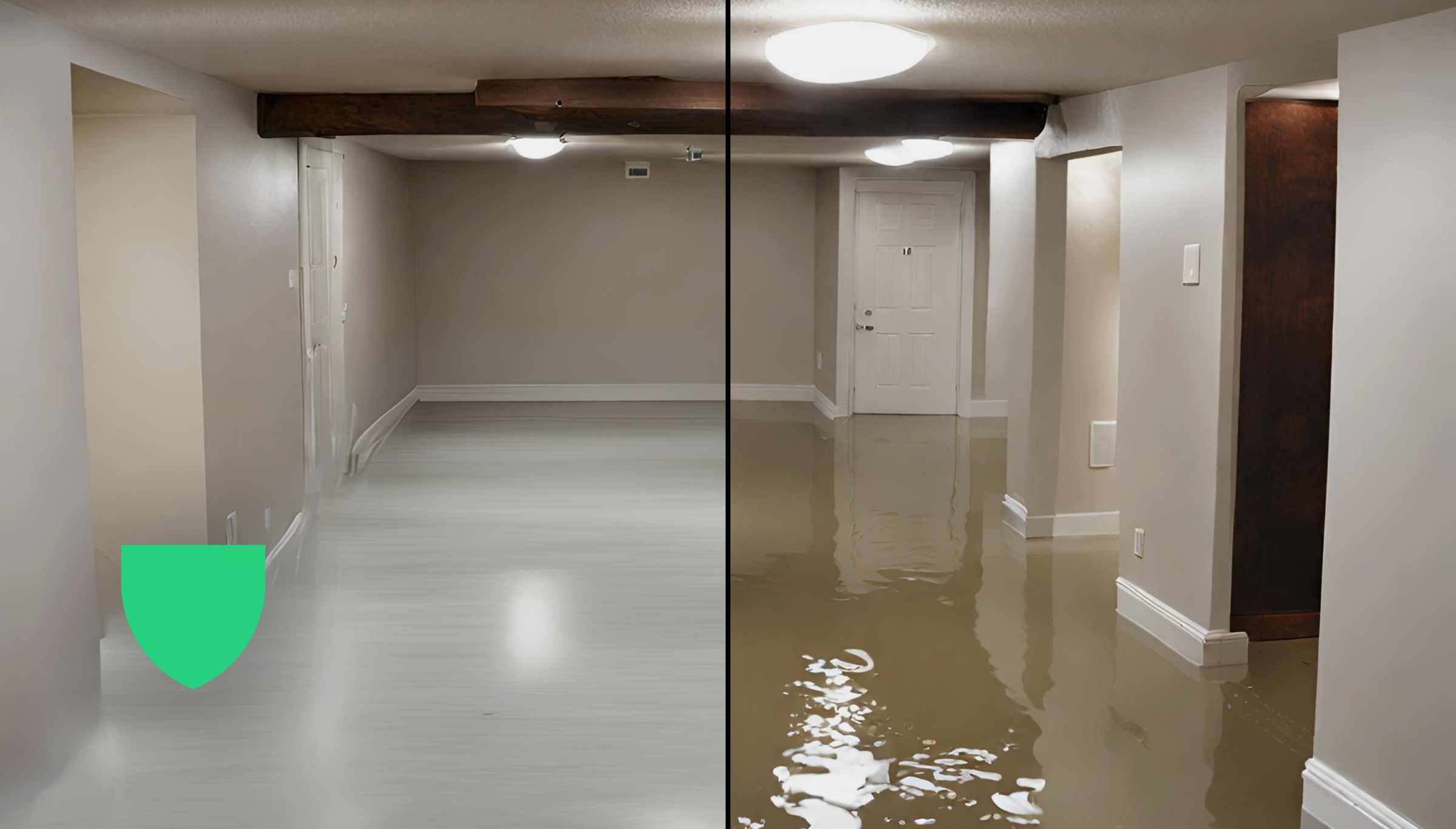Auto insurance is a necessary expense for any vehicle owner. It protects you financially in the event of an accident, theft, or damage to your car. Three levels of coverage are offered to protect your automobile: liability, comprehensive, and collision. Each type of coverage provides different coverages for your vehicle, and it's important to understand the difference between them.
Auto Liability Insurance
Liability insurance is the most basic type of coverage that you can purchase.
- Minimum insurance required to drive on public roads.
- Financially protects you if you're at fault in an accident. Pays for damages or injuries that you've caused to persons or property.
- Does not cover any damage to your own vehicle (no collision, fire, or theft is covered).
- Offers lower premiums than other types of coverage.
- $2 million in liability protection is recommended.
Comprehensive Auto Insurance
Comprehensive insurance is the next level of coverage that you can purchase.
- Financially protects you in the event your vehicle is damaged from something other than an automobile accident (theft, vandalism, or natural disasters).
- Comprehensive often covers damage caused by hitting a live animal. Note: Hitting an animal that is already deceased or an inanimate object on the road will not be covered under comprehensive coverage.
- Comprehensive has a higher premium than only liability insurance, but it provides coverage under more circumstances.
Auto Collision Insurance
Collision insurance is the highest level of coverage for automobiles.
- Financially protects you in the event of an accident, regardless of who is at fault.
- Collision covers the cost of repairs or replacement of your vehicle, up to the limit of your policy.
- This type of insurance typically has the highest premiums, but it provides coverage for the most situations.
- This coverage is often required for financed vehicles.
- In the event of a hit and run, your vehicle will usually have coverage under a collision policy, despite you not being at fault.
Auto Insurance Add-ons
Replacement cost endorsement
- In the event of a total loss, replacement cost will be determined by the actual cost to replace with the same vehicle and not the bill of sale.
- If the price of the new vehicle increases between you making the purchase and a total loss, you'll be paid out the replacement cost of the new vehicle rather than what you paid.
- In the event of a partial loss where repairs are needed, this coverage will pay for original equipment parts, in lieu of less expensive aftermarket parts.
- This coverage is usually available for 5 policy terms.
- Cost varies by company, but is typically calculated by a percentage of the total policy amount. Normally starting at around 10% of the policy amount and climbing year over year as the vehicle depreciates, up to 30% and higher in year 5 of coverage.
- Known as SEF 18 on insurance policy documents.
Waiver of depreciation
- Limits the depreciation of a new vehicle in the event of a total or partial loss.
- Similar to replacement cost endorsement, in the event of a total loss, replacement cost will be determined by the price on the bill of sale rather than the market price.
- Known as SEF 43R on insurance policy documents.
Family Protection Endorsement
- Protects against uninsured or underinsured motorists in the event of a not at fault collision.
- This coverage does not cover the cost of the vehicle (that would be collision insurance). However, this endorsement would cover the cost of damage to property or persons.
- Known as SEF 44 on insurance policy documents.
Loss of Use
- Covers the cost of a rental car in the event your vehicle is unusable in the interim or all time.
- Depending on the company, you may be given a lump sum to pay for rental vehicles or a time frame of how long you rent a vehicle for, usually 30-45 days.
- Known as SEF 20 or SEF 27 on insurance policy documents.
Claims Forgiveness
- Covers a 1 time at-fault claim on your insurance without increasing your premiums.
- This protection is an earned perk from insurance companies given to drivers who are 6-8 years accident/claims free.
- The cost can vary by company, but is usually around $50/year to add to your policy.
- Known as SEF 39 on insurance policy documents.
Glass Insurance
- A separate insurance policy that covers damage to automobile glass. Covers the cost of repair or replacement of unintentional damage to auto glass.
- Covers: Vandalism, damage from flying objects, attempted theft, hail, and animal collisions.
- Does not cover: Intentional breakage, side mirrors, headlights, and taillights.
- Premiums start at $15/month.
- More information on Glass Insurance is available here.
Conclusion
When choosing which type of coverage to purchase, it's important to consider your individual needs and budget. If you have a new or expensive vehicle, you may want to consider purchasing comprehensive and collision insurance in addition to liability. If you have an older vehicle with a lower replacement cost, liability insurance may be sufficient. Keep the different coverage in mind when renewing your auto policy.
Want help from the experts? Talk to one of our local representatives to get the coverage you need.
or











